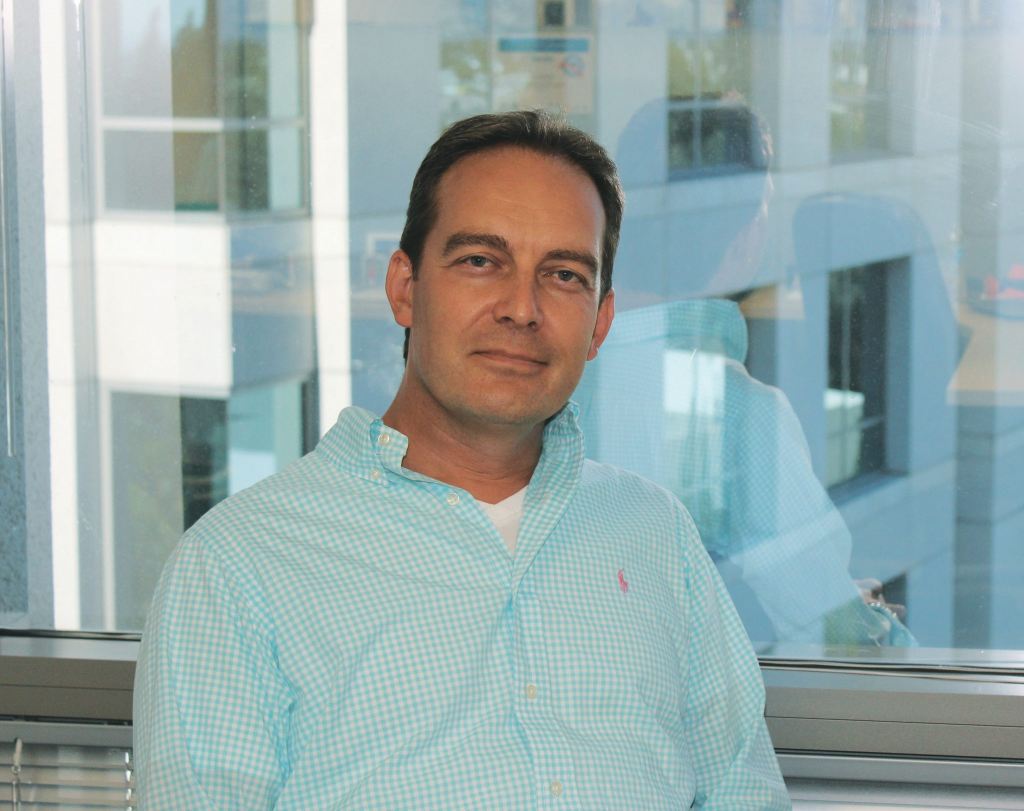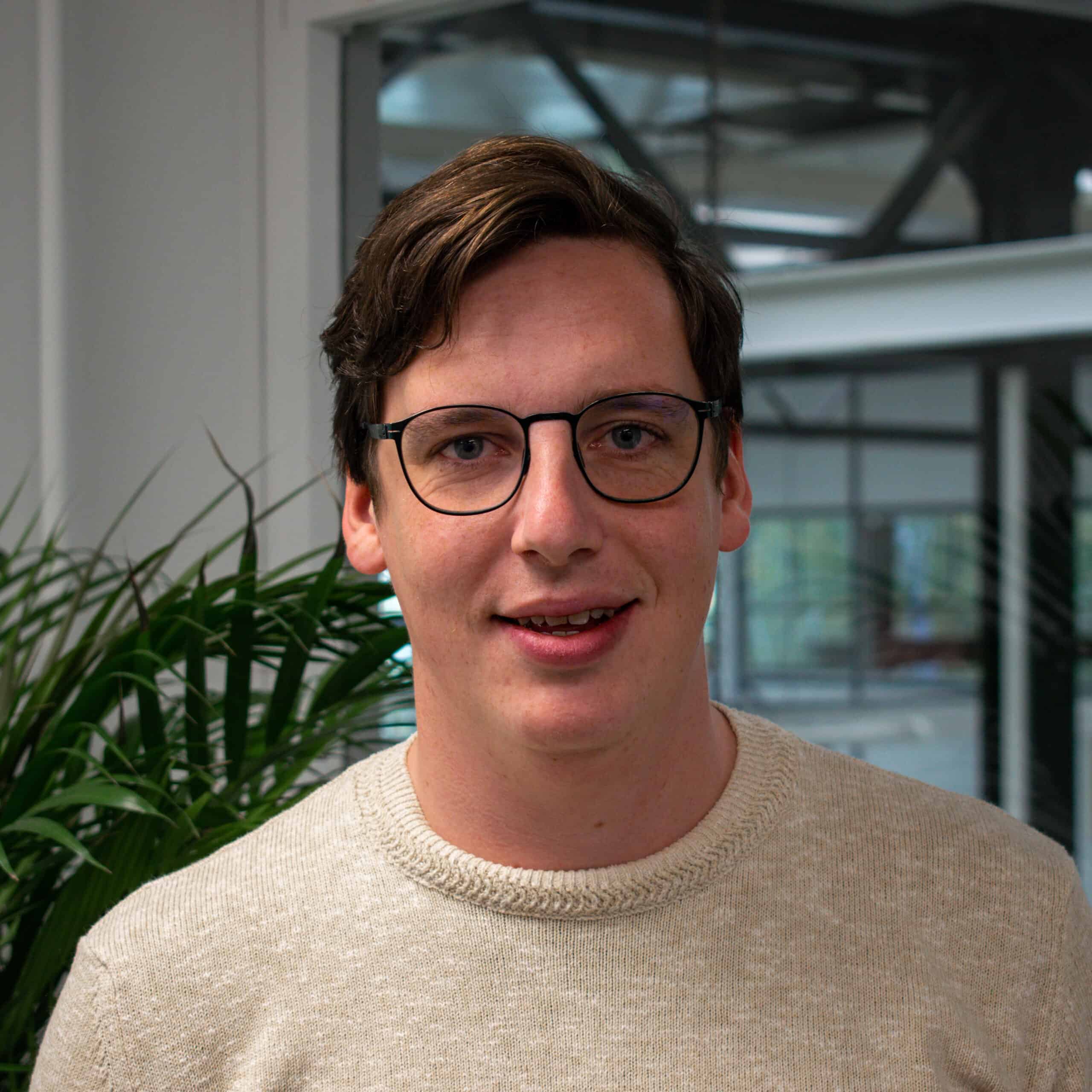
As Keynote speaker on the HighTechXL XL Day, Sander Arts already spoke briefly about the differences between Silicon Valley and Eindhoven. Arts has worked for many years at Philips and NXP, where he was responsible for marketing and communication. Since 2012 he lives and works in Silicon Valley. For a long time for chip manufacturer Atmel, but nowadays he is involved in a large number of companies. He also lectures at Stanford University Graduate School for Business. As a Dutchman in Silicon Valley, he tells us what we can learn from ‘The Valley’ and what makes Eindhoven so special.
How do you view the Eindhoven ecosystem?
“Still with a lot of love for what is happening here. The High Tech Campus is a very special place anyway. I was of course also born here in the neighborhood and grew up within Philips. I also started working there in 2000. I still tell people that there are the smartest people in the world I’ve worked with in my career. That is still true. In this region, you have absolutely nothing to be ashamed of. I have been a lot in Asia and I’ve lived in the US for some time now, the talent that they have there is also here.”
What else can we learn from Silicon Valley?
“I think there are two things. If you look at what’s out there and what we miss here, it is the easy access to capital. It is much easier to get money there. With some of the start-ups I supervise, I relatively easy raise money. Investment here is less easy. We have a different climate here and we are a little more Calvinistic. Marketing can also be much better. I speak to many Dutch people who come to Silicon Valley to sell something. They don’t speak about their product very enthusiastically. We undersell everything. And that’s a pity because if you look at what’s here in terms of talent, innovation, thinking, and design, we have no reason to do so. I have heard someone say to me: ‘If the Dutch should sell sushi, they would do it like cold dead fish’.
But Silicon Valley can also learn things from the Netherlands. We have trading in our DNA. In the US, you have a large market, everyone speaks the same language and as a result, you are less forced to look across borders to trade. Your own country is big enough. As Dutch people, we can do that very well.
There is also good design and a lot of creativity in Eindhoven. Many things in America are functional and somewhat more one-dimensional. We have good design, and there is a sense of what is beautiful and functional in the Netherlands. We also have the dream of improving the world. We really think we can make a contribution, through technology and design, to make the world a better place. In the US, people want to make linear money, which is a bit of an exaggeration, but I think that is very much the case. In Silicon Valley you make an app because that’s easy. Then you’ll sell it for 99 cents and if you’ve sold one million, you’ll are done. If you talk to people here in Eindhoven, they are very inspired by the food problem and air pollution, for example. This involves more social and emotional involvement.”
“I think that the Netherlands suffers from the calimerocomplex. We always think it’s better in Silicon Valley.”Sander Arts,
Do you miss that ambition to improve the world in Silicon Valley?
“I think that in some cases people in Silicon Valley don’t know exactly how they could do this. They are in the software environment, which is more oriented towards quick scales and earning money. Not that the world cannot be improved that way, but as far as I am concerned, it is surely a better intellectual challenge to combine technology with design in order to apply it to a global or social problem. I think we are a little less capital driven in the Netherlands. Perhaps this is because it is more difficult to earn a lot of money, because income equality is much greater in the Netherlands. On the other hand, you have a relatively poor welfare state in the US and that creates the urgency to be truly successful. The ability to earn a lot of money probably gives another perspective. This ensures that you are constantly trying to build something up with ‘fire in the belly’.”
What is your message to Eindhoven?
“I think that the Netherlands suffers from the calimerocomplex. We always think it’s better in Silicon Valley. This is also because the language there is different, everything there is always ‘awesome, great and fantastic’. We’re a little undercooled here. For the people who have an idea or a company and want to pitch it, there is nothing to be ashamed of. In addition, there are many other markets besides the US. The US is not a Utopia. Somehow, everything that comes from Silicon Valley seems so great, but it’s not the only place where fun things happen. As far as I’m concerned, the combination with design makes Eindhoven especially interesting. Design is also a solution to a problem, in which design, technology, and functionality are combined with creativity to create a complete solution. That is unique here. The only thing that is lacking is a significant amount of capital to scale it up. Well, I always say: there is no lack of money in NL, it is a vastly rich country. The only question is why the money to invest in technology is so difficult to come by and where the money is now. That is the biggest barrier for Eindhoven but at the same time the easiest one to solve. Eindhoven has an ecosystem with technology, design, and creativity. That is difficult to create, but it’s just here. Retrieving money must therefore also succeed.”
Why wouldn’t you like to go back to the Netherlands?
“I am intrigued by how fast things go in Silicon Valley, but also by the idea that everything is possible. Maybe it is a bit naivety, but I love that you can fail ten times and that it is still okay. You are less condemned and the people there are a bit more open-minded. If someone has ten houses and six cars, it is ‘Good for you’. Good for you is a very nice concept. If you stand out in the Netherlands, people will say that you have to act normally. I don’t like that at all. If you work very hard you can be successful, and that success is measured in material things, that’s the way it is.”
Is there anything else we have to have more from in Eindhoven?
“STEM education for children. In Silicon Valley and China, you have many extracurricular programs for STEM education. We can learn from that in Eindhoven. We need to train the next generation that continues to drive the economy at ASML, NXP, Philips and in start-ups. As a child, your eyes must be opened to this world. If there is a violin somewhere in the corner you can learn to play the violin, if there is a piano you can learn to play it. But in what context as a child are you exposed to hardware and software? Not that much. That is why this must be incorporated into a programme in a playful manner. Probably this should be done hand in hand with the government, but you can also set up a nice program in private. There are enough tools, the threshold for participation is lower and lower. In the US, these kinds of programmes are often set up without involving the government. More volunteers are working on such programmes.”


